Edamame, also known as young soybeans, is a protein-rich, delicious, and nutrient-packed crop that’s surprisingly easy to grow right at home. These bright green pods are not only a popular snack in Asian cuisine but also an excellent source of plant-based protein, fiber, and essential vitamins. Whether you’re a health enthusiast, a gardener looking for something new, or simply someone who loves fresh, organic produce, growing edamame can be an exciting and rewarding experience.
In this detailed guide, you’ll learn how to plant, grow, and harvest edamame step by step—from preparing your soil to enjoying your first harvest. By the end, you’ll see just how simple it is to grow your own soybeans at home, whether in the garden, raised beds, or containers.
What is Edamame?
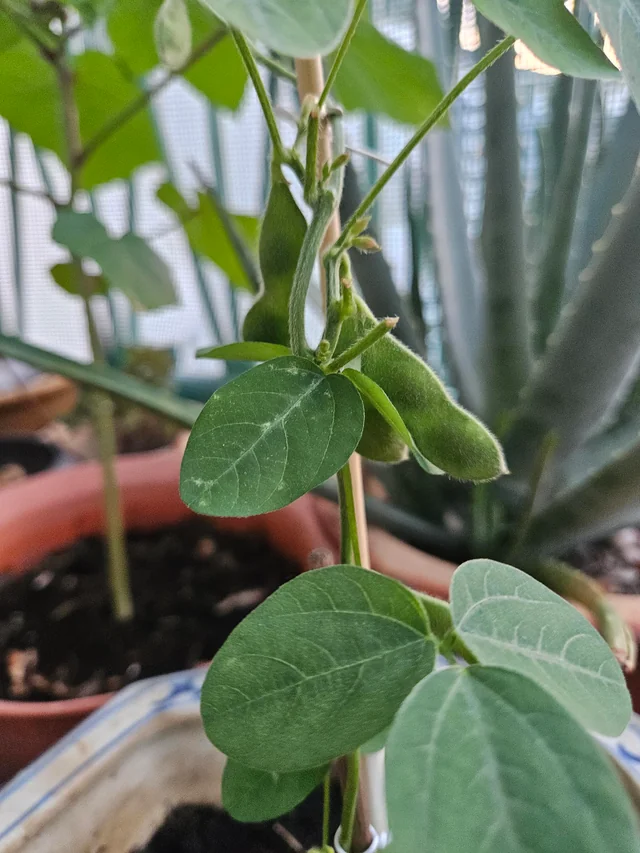
Edamame is the Japanese term for immature soybeans harvested before they harden. Unlike dried soybeans used for making tofu or soy milk, edamame is enjoyed fresh, steamed, or boiled in the pod.
These beans are:
- High in protein and fiber
- Rich in antioxidants and essential amino acids
- A great meat substitute for vegetarians and vegans
- Low in calories but very filling
Growing edamame gives you access to this superfood straight from your garden, ensuring freshness and quality.
Step 1: Choosing the Right Variety
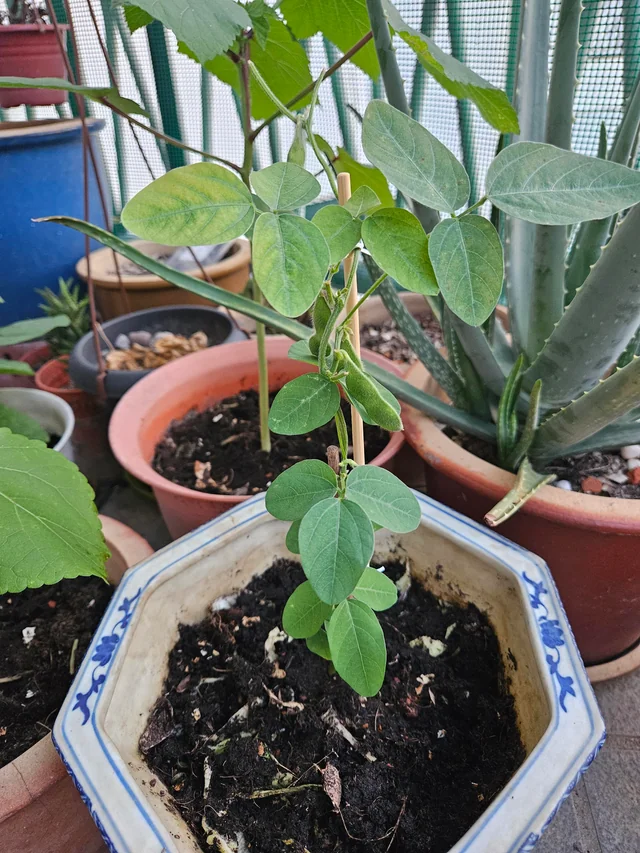
Before you start planting, it’s important to select the right variety of soybeans for your region and growing conditions.
Popular Edamame Varieties:
- Midori Giant: Known for large pods and a high yield.
- Envy: Early maturing and great for cooler climates.
- Butterbean: Compact growth, ideal for containers.
- Sayamusume: A flavorful and tender variety for home gardens.
Tip: Choose an early-maturing variety if you live in a region with a short growing season. Most edamame varieties mature in 70–90 days.
Step 2: Preparing the Soil
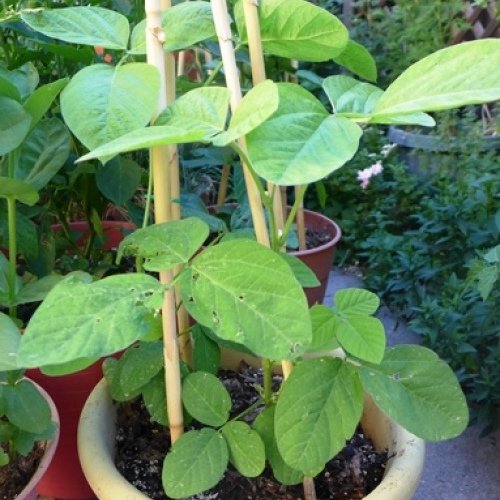
Edamame grows best in loose, well-draining, and nutrient-rich soil. These plants thrive in slightly acidic to neutral soil with a pH between 6.0 and 6.8.
Ideal soil mix for garden beds:
- 50% garden soil
- 30% compost or aged manure
- 20% sand or coco peat for drainage
If you’re planting in containers, use a 12–14-inch deep pot or grow bag filled with the same mix.
Pro Tip: Before planting, work in organic compost or worm castings to improve soil fertility. Avoid nitrogen-heavy fertilizers since soybeans naturally fix nitrogen from the air through their roots.
Step 3: Choosing the Perfect Location
Edamame loves warmth and sunlight. Choose a location that receives 6–8 hours of full sunlight daily.
- Temperature Range: 20°C to 30°C (68°F to 86°F)
- Avoid Frost: Soybeans are sensitive to cold. Wait until after the last frost before planting outdoors.
- Indoor Start: In cooler regions, start seeds indoors 2–3 weeks before the last frost and transplant once the weather warms.
Step 4: Planting Edamame Seeds
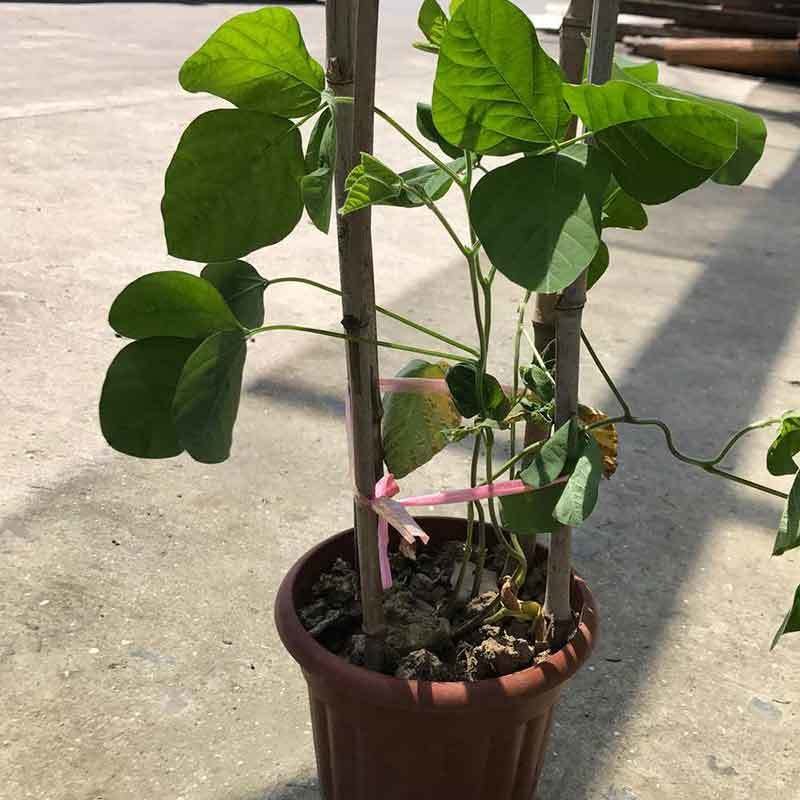
Once your soil and location are ready, it’s time to plant your edamame seeds!
Step-by-step planting guide:
- Soak the seeds in warm water for 8–10 hours before planting to soften the seed coat and speed up germination.
- Plant the seeds 1–1.5 inches deep and 3–4 inches apart in rows spaced about 18–24 inches apart.
- Water the soil gently after planting to keep it moist but not soggy.
- If planting in containers, plant 2–3 seeds per pot and thin to the healthiest plant after germination.
Germination Time: Seeds usually sprout within 5–7 days under warm conditions.
Step 5: Caring for Growing Edamame Plants
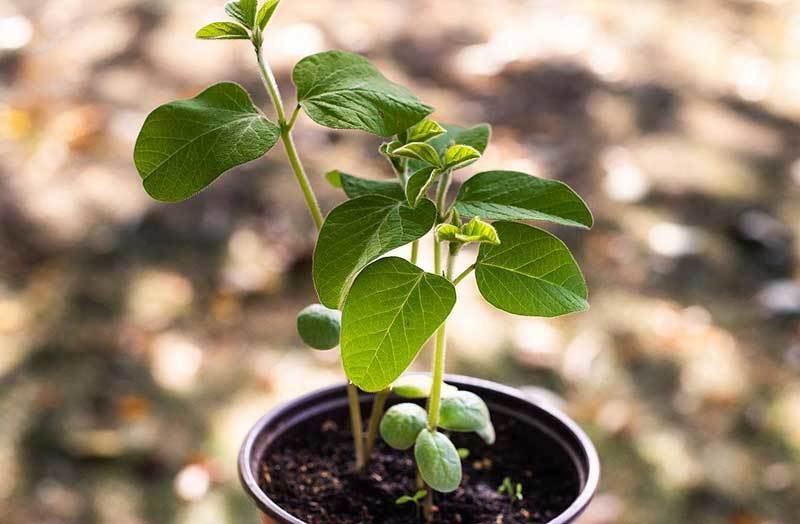
Edamame plants are relatively low-maintenance, but they need consistent moisture and care during the growing season.
Watering:
- Keep the soil evenly moist, especially during flowering and pod development.
- Water deeply 2–3 times a week rather than shallow watering daily.
- Avoid overwatering to prevent root rot.
Mulching:
Add a layer of straw, dried leaves, or compost around the plants to retain soil moisture and suppress weeds.
Fertilizing:
Because soybeans fix nitrogen naturally, they don’t need heavy fertilization. However, you can give them a boost by applying:
- Compost tea or organic seaweed fertilizer every 3–4 weeks.
- A small amount of potassium- or phosphorus-rich fertilizer during the flowering stage.
Weeding:
Keep the area weed-free during early growth. Once the plants mature, their dense canopy will naturally shade out most weeds.
Step 6: Supporting and Spacing
Edamame plants are usually bushy and don’t require staking or support. However, in windy areas, adding a small stake can prevent the plants from bending over.
If growing in containers, ensure each plant has enough room—one healthy plant per 12-inch pot works perfectly.
Step 7: Flowering and Pod Formation
Around 35–45 days after planting, your edamame plants will start producing small white or purple flowers. These are the precursors to pods!
During this time:
- Keep watering consistently—dry spells can reduce pod formation.
- Avoid disturbing the roots.
- Continue using organic fertilizers if needed.
After flowering, small green pods will start appearing. Each pod usually contains 2–3 beans, and they’ll grow larger over the next few weeks.
Step 8: Common Problems and Natural Solutions
While edamame is relatively hardy, you might encounter a few challenges.
1. Pests:
- Aphids & Spider Mites: Spray neem oil or soapy water once a week.
- Caterpillars: Handpick them or use organic Bt spray.
2. Diseases:
- Root Rot or Mold: Avoid overwatering and ensure good drainage.
- Powdery Mildew: Improve air circulation and avoid overhead watering.
3. Poor Pod Formation:
This usually happens due to low sunlight or inconsistent watering. Ensure your plants get enough light and steady moisture.
Step 9: Harvesting Your Edamame
The most exciting stage—harvesting your soybeans!
When to harvest:
- Edamame is typically ready 70–90 days after planting.
- Harvest when pods are bright green, plump, and firm to the touch.
- The leaves may start to turn slightly yellow—this is a good sign!
How to harvest:
- Use scissors or garden shears to snip off the pods rather than pulling them.
- You can harvest the entire plant or just the pods as they mature.
If you leave them too long, the pods will dry and turn brown, which means the beans are entering the mature soybean stage—not ideal for edamame eating.
Step 10: Preparing and Storing Edamame
Once harvested, your edamame can be enjoyed fresh or stored for later use.
To prepare fresh edamame:
- Wash the pods thoroughly.
- Boil them in salted water for 5–7 minutes until tender.
- Drain, sprinkle with sea salt, and enjoy!
To store:
- Refrigerate fresh edamame for up to 3–5 days.
- For long-term storage, blanch pods in boiling water for 3 minutes, cool quickly, and freeze in airtight bags. They’ll last up to 6 months.
Step 11: Saving Seeds for Next Season
If you want to grow edamame again, let a few pods mature fully on the plant until they turn brown and dry.
- Harvest these dried pods and remove the beans.
- Store them in a cool, dry place inside paper envelopes or glass jars.
- These seeds will remain viable for the next 2–3 years.
Health Benefits of Fresh Edamame
Homegrown edamame isn’t just delicious—it’s one of the healthiest foods you can eat.
Here are some of its top benefits:
- High in protein: Perfect for vegetarians and vegans.
- Rich in fiber: Aids digestion and supports weight control.
- Packed with vitamins and minerals: Especially folate, iron, magnesium, and vitamin K.
- Heart-healthy: Helps lower cholesterol and supports cardiovascular health.
- Bone strength: Contains calcium and isoflavones that promote bone density.
Adding fresh edamame to your diet supports a balanced, nutrient-rich lifestyle.
Step 12: Growing Edamame in Containers
Don’t have a backyard? No problem! You can easily grow edamame in pots or grow bags on a balcony or patio.
Container growing tips:
- Choose pots at least 12–14 inches deep with drainage holes.
- Plant 2–3 seeds per container, then thin to the strongest plant.
- Place them in a sunny location with at least 6 hours of sunlight daily.
- Follow the same watering and fertilizing routine as garden-grown edamame.
Container-grown edamame is compact and beautiful, adding greenery to your space while producing food for your table.
Final Thoughts
Growing edamame (soybeans) at home is an easy, rewarding, and sustainable way to enjoy fresh, protein-packed food straight from your garden. With just a bit of planning, care, and patience, you can transform a small patch of soil—or even a few pots—into a mini soy farm.
From sowing the seeds to steaming your first batch of freshly harvested pods, every stage of growing edamame brings joy, learning, and delicious rewards.
So grab a handful of soybean seeds, prepare your soil, and start growing your own organic edamame today—you’ll never look at store-bought soybeans the same way again!
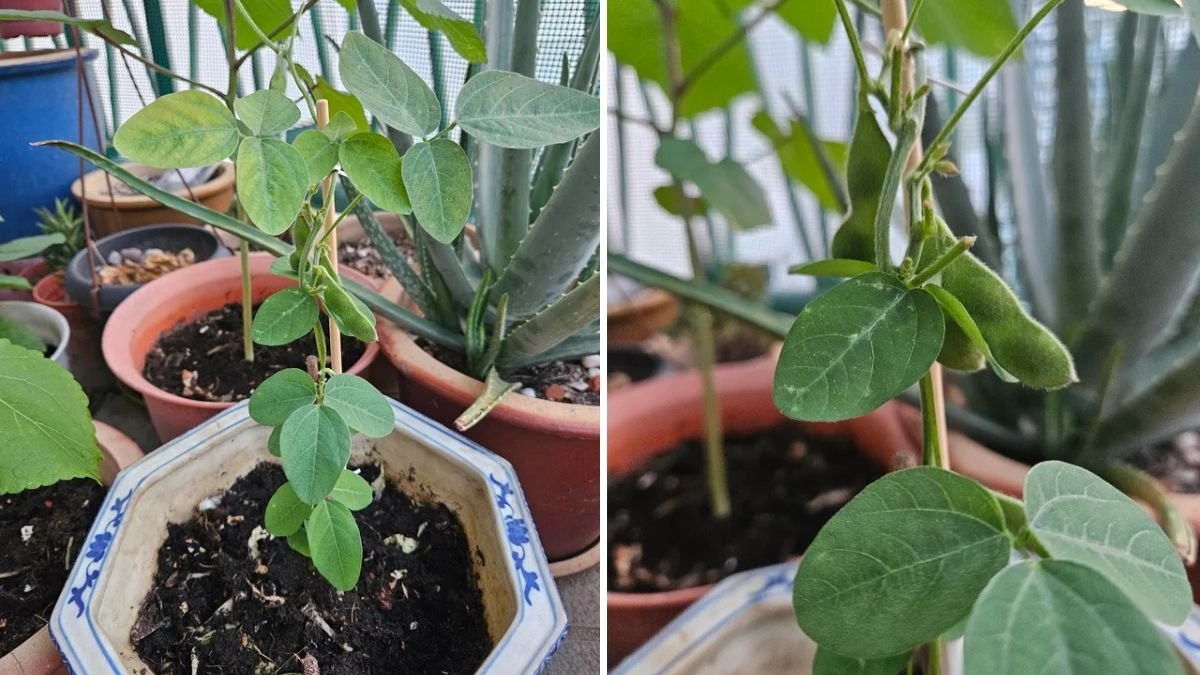
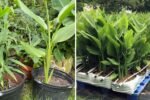
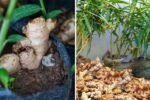

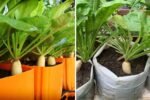

Leave A Comment